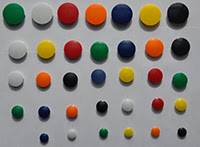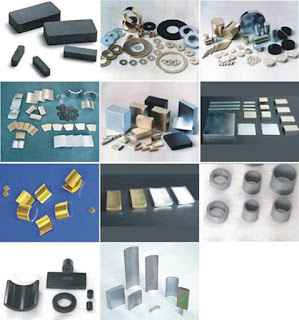Whether you should use magnetic welding grounds and clamps by addressing the advantage and disadvantage of their durability concerns, use, equipment cost, and some potential alternatives, this article is aimed at providing answers to the question.
Magnetic
Welding Grounds and Clamps
There are many advantages to using Magnetic Welding
Holder, magnetic welding grounds, and clamps. Why magnetic welding ground
and clamps were invented in the first place most of them point back to the
reason: for added convenience.
Pro: It becomes much more convenient
to weld towards the middle of circular steel, square, large structural, or rectangular
pipe. A magnetic welding ground makes grounding your weld In the case of
welding on an oversized workpiece such as pipe, – in some instances –
possible.
Pro: welding productivity is
increased by Using magnetic grounds and clamps instantly. Magnetic grounds and
clamps allow the user to simply stick a magnet onto the surface of the work
piece and start welding instead of twisting traditional screw-type clamps out
and in.
Pro: when welding sheets of metal, Magnetic
clamps are worth their weight in gold which needs to be constrained in a
perpendicular orientation without any elaborate fixtures or jigs. In the corner
of the hold and joint the workpiece securely a magnetic clamp can simply stick
to the metal.
Pro: grounding becomes easier or
even possible in applications where you are welding on a workpiece which has
only a portion of the base metal exposed (such as in an automotive repair shop
where in a certain area a body panel is taken down to bare metal only).
Pro: Wedges and dogs are used for
sheet metal fit-ups using Industrial Magnet
can decrease cost. Costs can be decreased in labor simply by using an
optimized magnetic work holding solution.
If you need assistance or if you
have either determined that you need magnetic equipment for your welding
application, it is strongly recommended to visit your local welding store deciding
on this type of equipment.



